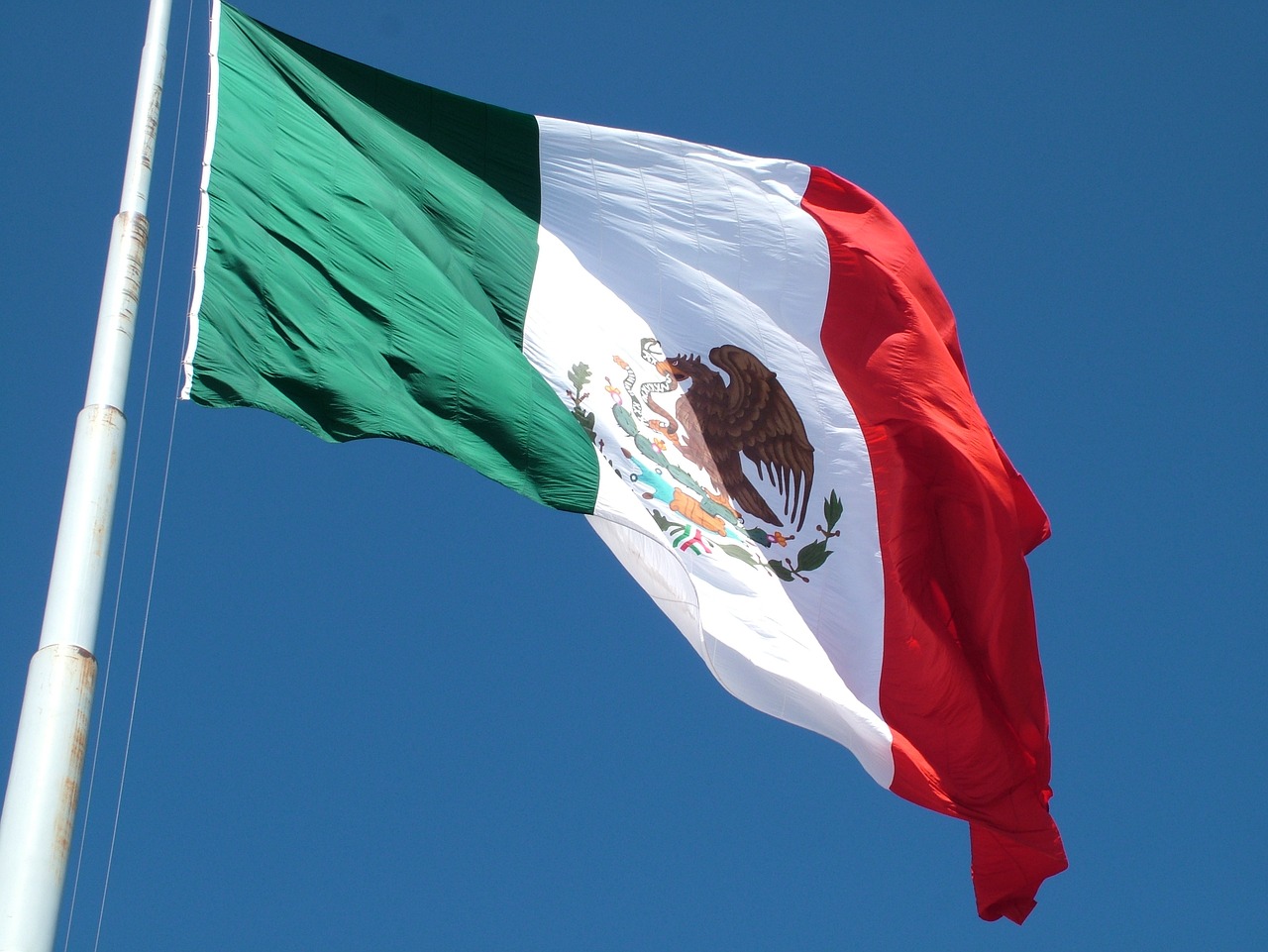The healthcare systems of the United States and Mexico are very different, with both of them having their own advantages and drawbacks. Although both countries have federal programs to give their populations helpful care, neither can always provide the best for everyone. The US has a more hands-off approach, allowing for a profitable hospital business but health disparities between richer and poorer people, while Mexico uses a combination of private and public care, which assures that everyone gets healthcare, although there still are disparities.
Healthcare in the US
In the United States, the form of healthcare is very decentralized and private, with 66% of people depending on insurance they pay for or their employer’s benefits (from statistics from the US census). 7.9% are uninsured, while 36% of Americans use a government plan such as Medicare and Medicaid. Despite the efforts of the government like the Affordable Care Act (ACA) which expanded Medicaid, the system remains fragmented and suffers from disparities.
The profit-driven system of American hospitals often care more over their own personal financial interests over quality patient care. However, because of the private funding and business incentives of hospitals, the US has some of the world’s leading medicine facilities and innovative research, and many options available for specialized care. It also has a large amount of diversity and choice for people who can afford to choose between multiple types of hospitals that offer different benefits.
Healthcare in Mexico
On the other hand, in Mexico, healthcare is a combination of a large amount of public healthcare and some private institutions, since the Constitution of Mexico requires universal healthcare for all its citizens. The Mexican government has implemented many services through SSA, IMSS, and ISSSTE to ensure that all of its people have adequate healthcare. While Mexico has made great advancements in doing this, there are some persisting challenges. Unequal access based on employment status and location are still significant issues. Additionally, people in rural areas tend to have care that is of much lower quality than people living in urban centers.
Overall, the main difference between the United States’s and Mexico healthcare systems are in how they are funded. In the US, finances are mostly paid privately through out-of-pocket costs or insurance, which is a big problem for people who cannot afford such expenses. On the other hand, Mexicans get free universal healthcare paid for by taxes, which insures everyone receives some sort of care, but quality suffers, as overcrowded hospitals and medical supply shortages are common. Both have a long way to go if they want to insure their citizens are healthy.
Image Credit: mediosaudiovisuales
Sources:
Keisler-Starkey, Katherine, et al. “Health Insurance Coverage in the United States: 2022.” Census.gov, United States Census Bureau, 12 Sept. 2023, www.census.gov/library/publications/2023/demo/p60-281.html. Accessed 25 March 2024.
León-Cortés, Jorge L., et al. “Health Reform in Mexico: Governance and Potential Outcomes.” International Journal for Equity in Health, vol. 18, no. 1, 7 Feb. 2019, https://doi.org/10.1186/s12939-019-0929-y. Accessed 25 March 2024.
Lew, Nancy De, et al. “A Layman’s Guide to the U.S. Health Care System.” Health Care Financing Review, vol. 14, no. 1, 2024, pp. 151–169, pmc.ncbi.nlm.nih.gov/articles/PMC4193322/. Accessed 25 March 2024.

